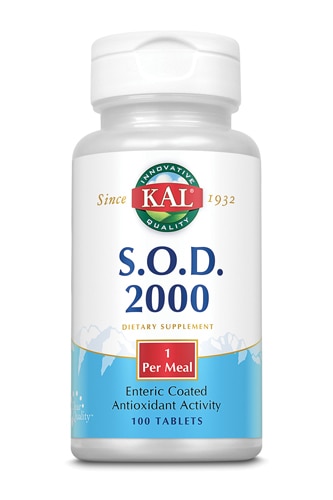Antioxidant is a term often bandied about in the health world, but few amongst us know how they work—and what they really do for you. The prevailing attitude is the more antioxidants the merrier. But what are these mystifying compounds, and why are they such a big deal? This handy antioxidant primer has the answers, with everything you need to know about this ubiquitous but elusive wellness staple.
What are antioxidants?
Antioxidants are molecular compounds that fight free radicals in your body, thus stopping or delaying harm to the cells. They are naturally found in many plant-based foods. They ward off cell damage by removing waste products in our cells, called free radicals, before they can cause serious damage. But keep in mind antioxidants work synergistically—it’s extremely hard to pinpoint how important one specific antioxidant may be to our health.
What do antioxidants do?
Through digestion, the foods we eat release antioxidants and travel through the bloodstream and into cells, where they do their business on free radicals.
Free radicals
Your body makes free radicals as it processes food, sunlight, and toxins like smoke, pollution, and alcohol. It’s a mix of sources we can avoid, such as smoking, and sources we can’t, such as sunlight. If levels of free radicals become too high in your body, they can wreak cellular havoc. Extensive free radical levels are linked to multiple illnesses, including diabetes, heart disease and cancer.
Oxidative stress
Without antioxidants, free radicals’ mischief would escalate very quickly, eventually resulting in serious sickness or even death. But free radicals are not simply destructive. They also serve important functions that are essential for health, such as warding off infections. It’s more apt to think of the body needing to maintain a certain balance of free radicals and antioxidants. If free radicals dramatically outnumber antioxidants, it leads to a state called oxidative stress.
Aging
Some experts believe that free radicals run amok is what causes aging, also known as cellular functional impairment. The best-case scenario for healthy aging is a balanced equilibrium among oxidants, antioxidants and biomolecules.
DNA & Cancer
Prolonged oxidative stress takes its toll on DNA. Antioxidants exert a protective effect, by scavenging free radicals to prevent DNA damage.
Green tea/EGCG
Green tea contains a powerful antioxidant that may be the source of the beverage's benefits. New research shows that the antioxidant, called EGCG, binds to a protein found on abnormal cells to dramatically slow vtheir growth.
ORAC
ORAC is the acronym for Oxygen Radical Absorbance Capacity. It's a lab test designed to quantify the "total antioxidant capacity" (TAC) of a food. According to Scientific American, it involves placing a sample of the food in a test tube, along with certain molecules that generate free radical activity and certain other molecules that are vulnerable to oxidation.
Electron
A free radical is a molecule with an unpaired electron, which makes it very volatile. Basically, free radicals are cellular pirates, stealing electrons from other molecules and damaging those molecules in the process. These rogue radicals can also be created by radiation, including from the sun's UV light.
Glutathione
Your body generates its own line of defensive antioxidants, such as the cellular antioxidant glutathione.
Water-soluble antioxidant
Water-soluble antioxidants perform their actions in the fluid inside and outside cells.
Fat-soluble antioxidant
Fat-soluble ones act primarily in cell membranes.
Mitochondria
Mitochondria initiate most of the free radical reactions occurring in the cells. According to a study publishing in Clinical Interventions in Aging, “mitochondria, in which there is a continuous generation of free radicals throughout cell life, and especially mitochondrial DNA, are key targets of the free radical attack.”
Inflammation
Inflammation can be amplified by free radical activity. Antioxidants found in foods ward off free radicals and can thereby reduce an overabundance of inflammation in your body.
Vitamins
Vitamins that act as antioxidants include vitamin A, vitamin C, vitamin E and the mineral selenium.
Beta carotene
A fat-soluble carotenoid, recognized by the yellow, orange, and red pigments in vegetables and fruits, acts as a powerful antioxidant. Your body transforms beta carotene into retinol, a form of vitamin A which can support vision.
Scavenge
Antioxidants scavenge free radicals from the body cells, limiting the damage caused by oxidation.
Neutralize
Antioxidants neutralize free radicals by giving up some of their own electrons. This sacrifice functions as a natural "off" switch for the free radicals, breaking the negative chain reaction that typically ensues.
†These statements have not been approved by the Food and Drug Administration. These products are not intended to diagnose, treat, cure or prevent disease.




